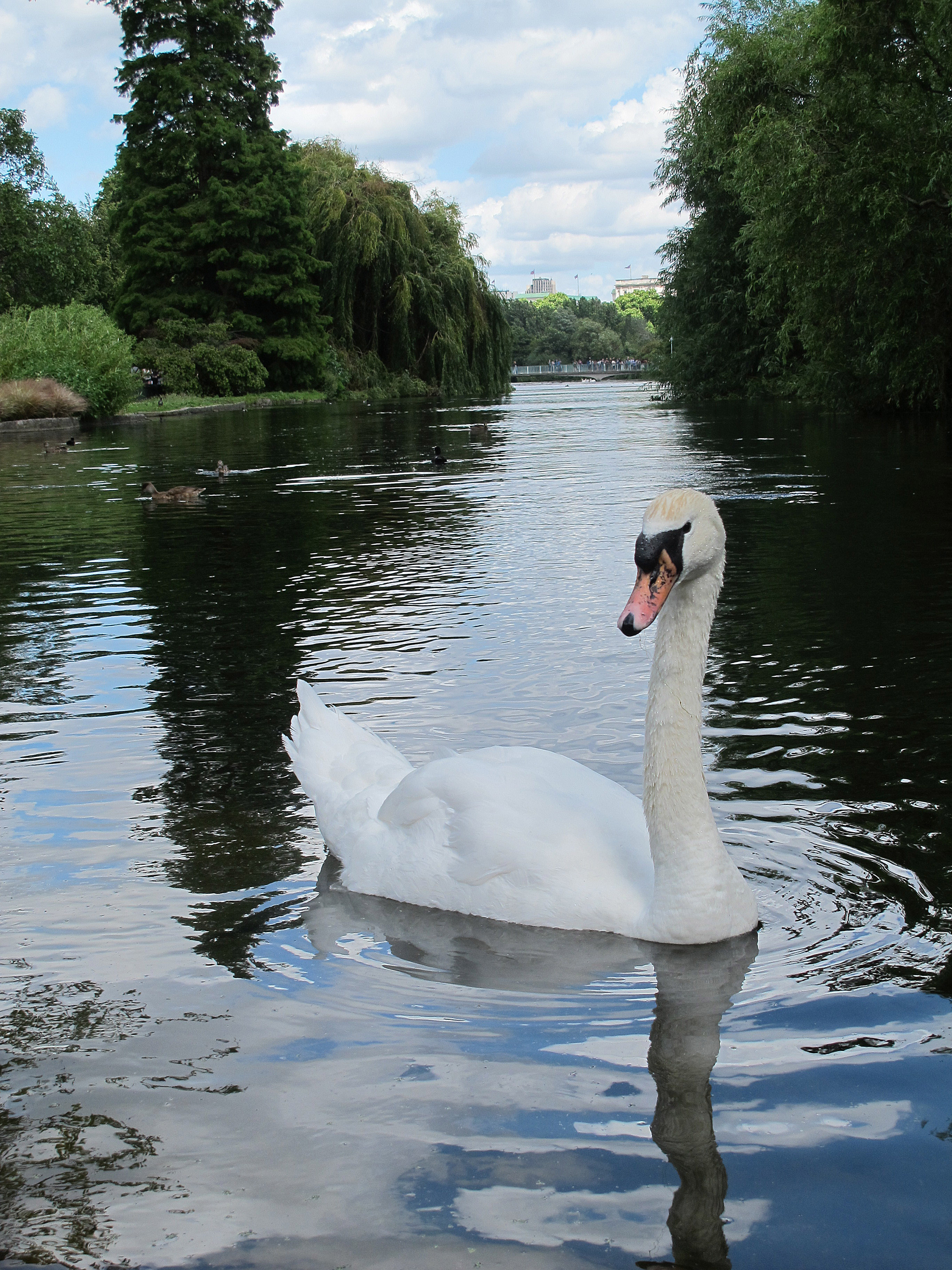
Kate Howlett, NERC-funded PhD student says:
Have the lockdown restrictions been changing the way we interact with and value nature?
It certainly feels that way at the moment: social media is filled with photos people have snapped on their daily walk, along with captions expressing gratitude for their local green patch; a new-found joy in bird watching or a rekindled appreciation for the beauty of butterflies.
Parents with gardens are espousing the benefits for managing home schooling. People seem to be connecting with nature in a way they haven’t for a long time.
“It could be one of the most important years for the
Wildlife Trusts’ annual 30 Days Wild initiative“
This June will mark the sixth year that 30 Days Wild has been run by the Wildlife Trusts; a month-long nature challenge which inspires people to take part in a ‘random act of wildness’ every day in June.
The aim is to increase people’s connection to nature. This is vital if we want to recruit the next generation of naturalists and encourage people to care about wild spaces and biodiversity.

Credit Kate Howlett
It’s a simple idea, and one which has attracted over a million people across its first five years. According to a review, the first five years’ worth of data show that taking part in this challenge left people feeling happier and healthier, and with a greater connection to nature. They were also more likely to engage in pro-nature behaviours, such as volunteering at a local nature reserve.
Under the current social distancing measures, increasing our connection with nature for the benefit of our health and wellbeing has become more important than ever.
With 88,632 people already signed up to the challenge online as of the 27th May, the Wildlife Trusts is anticipating a bumper year.
Why should you and I sign up to the challenge?
I have a vested interest in this challenge. My PhD research focuses on children’s interaction with nature and how this benefits their wellbeing and awareness of wildlife. But, I confess, I have never actually taken part in the 30 Days Wild, despite my support for the campaign’s aims.
To be honest, I think this is because I have never felt the challenge is aimed at me. I fall somewhere between the two categories:

- Those who have full access to green space in a rural environment, with parents who thrust field guides and magnifying glasses into their children’s hands at a young age
- Those who have limited access to green space and parents who have never really given much thought to the importance of a connection to the natural world
I grew up in north London, a heavily urbanised area with parents who were by no means ecologists. I was, however, lucky enough to have a back garden with grass and trees, and parents who took me out to parks for walks.

My interaction with the natural world was limited to enforced quadrat sampling at school, which I found intensely dull. Whilst I have never shared in the squealing that accompanied the arrival of bees or wasps at picnics, I had no interest whatsoever in invertebrates and would happily swat them away.
“I grew up with neither a very strong nor a very weak connection to nature”
So, each June when I’ve seen the 30 Days Wild campaign pop up, I’ve subconsciously categorised the target audience into those who are already really into nature or those who have no connection with nature whatsoever.
To some extent, this is not unfounded. The afore-mentioned report found that the happiness and connection benefits of taking part in 30 Days Wild are felt most strongly by those who start out with the weakest connection to nature.

Credit Kate Howlett
On the other hand, I think it’s time I addressed my lack of engagement with a challenge so closely tied to my own research. So, this June I’m vowing to take part in a random act of wildness every day and see what benefits I notice. Since I research connections with nature in primary school children, it seems only fair that I should try being my own research subject for once.
Come back at the end of June to see how I’ve got on and read about my reflections on the challenge.
Join me in the challenge by signing up here: 30 Days Wild

More by Kate: Insects are animals too, why perceptions matter
Learn more about research from the Insect Ecology Group here.
For more information on insect and other invertebrate conservation projects see:



2 thoughts on “Why I’ll be taking part in the Wildlife Trusts’ 30 Days Wild this June”